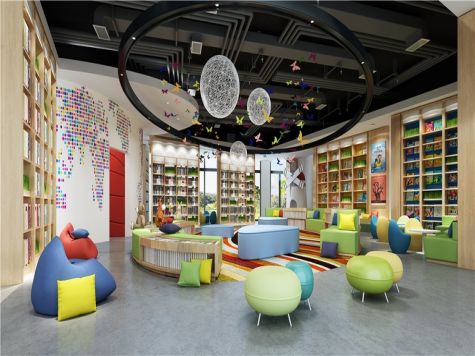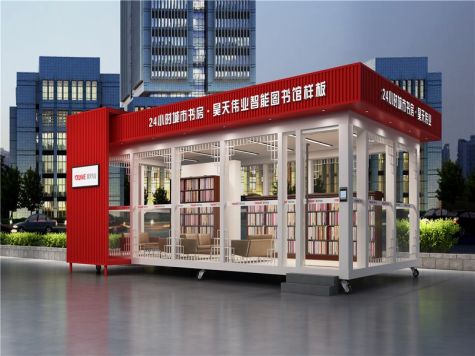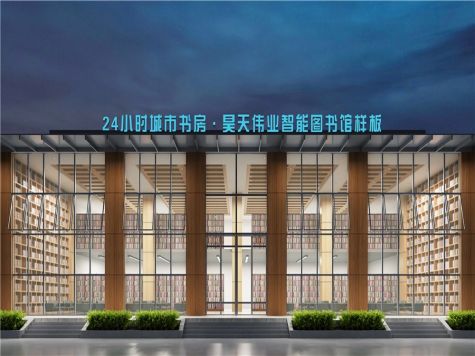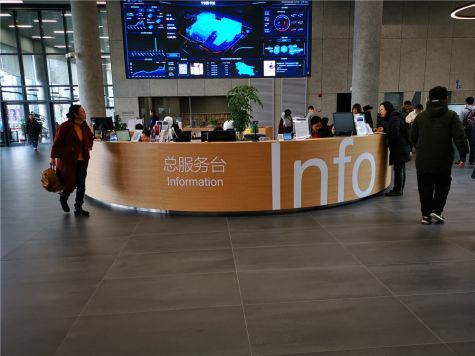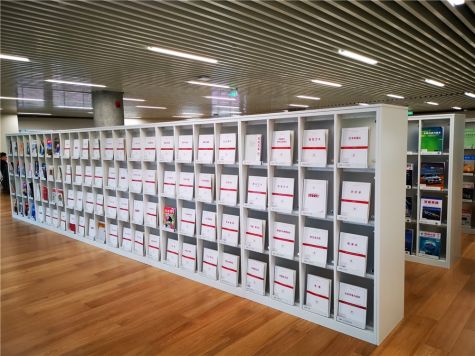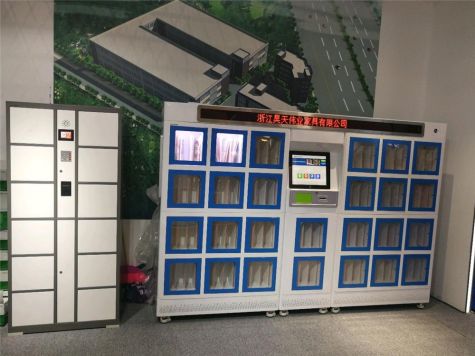The components of the intelligent library mainly include Internet of Things technology, intelligent facilities, and intelligent services. The composition can be divided into three levels: material level, technical level and service level.
The aim is to provide a convenient and casual reading environment for teachers and students, aiming at strengthening the scientific, informative and standardized management of the library.
RFID library
Scientific management method
Modernization of technical equipment
Diversified service methods
Library automation

Library cluster management cloud
Sharing of devices and resources
Management platform and technology sharing
Resource building, document collection
For one-card use
“School, District, City, Province”

WeChat-platform
Providing services to readers based on mobile terminals is a platform for students, parents and schools to interact and interact. Through the platform to achieve “home-school interoperability”, the school and parents can participate in the growth of students. It can also enable parents to instantly understand and master the dynamic information of students in school, and the situation of student books borrowing, so as to better guide students to learn.

Data analysis
Big Data Analysis System: Based on book basic information, book circulation information, reader information, etc., it uses large data mining analysis and visualizes the analysis results to provide data analysis services and personalized services for schools, teachers, parents and students. It mainly includes reader attribute analysis, reading behavior analysis, popular book ranking analysis, book search analysis, reading guide analysis, related reading analysis, book recommendation analysis and so on.





